TRACK CHANGES
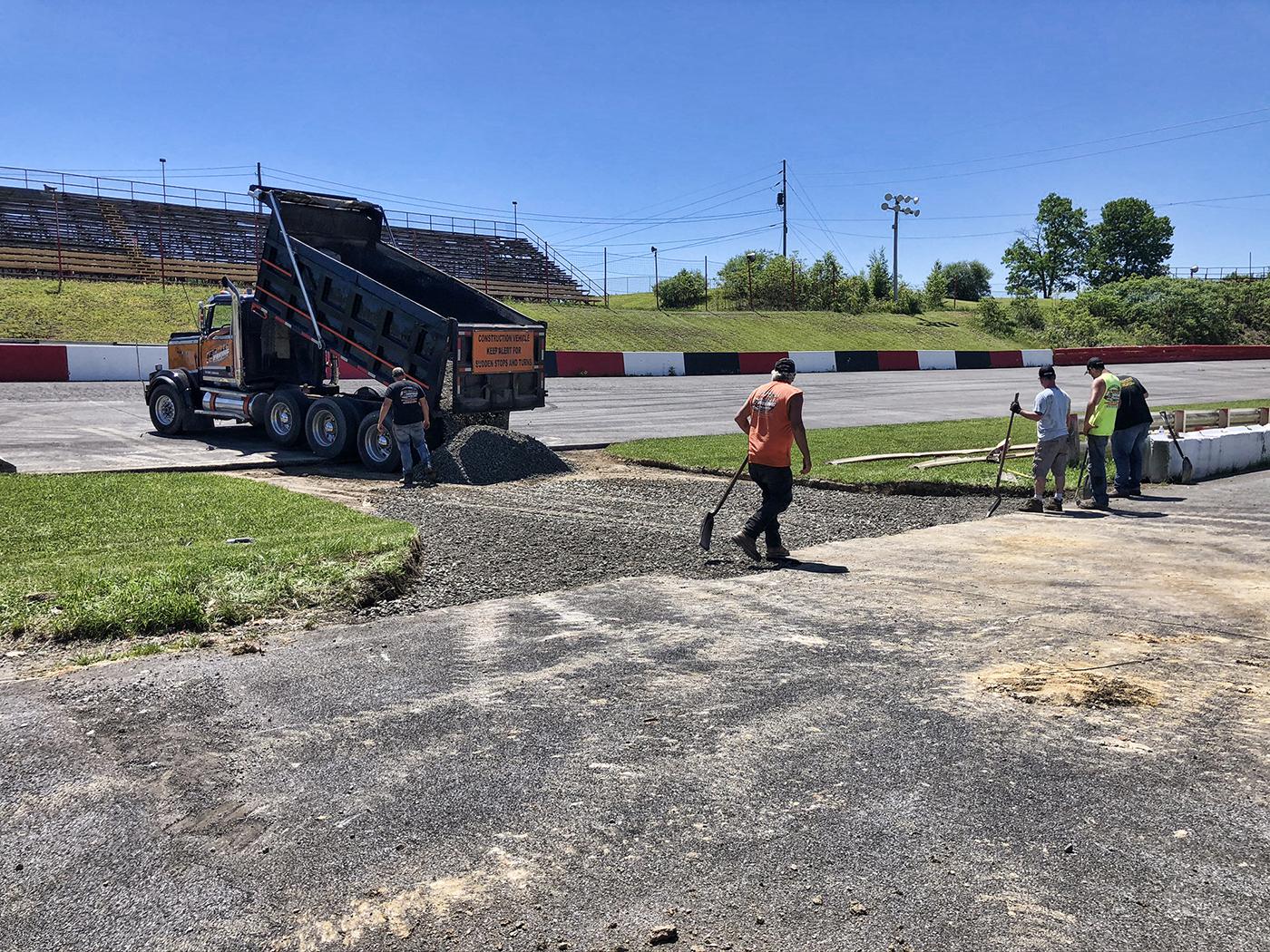
To meet the pent-up demand from reduced racing schedules last year, facilities have renovated and revamped in preparation for a promising 2021.
Good news was sometimes hard to find in 2020, but one bright spot was the fact that racing didn’t just persevere…in many ways, it thrived. It may not have looked the same—empty, quiet grandstands are eerie whether you’re at Indianapolis or the local bull ring—but once tracks reopened, pent-up demand saw racers head to them in droves.
Track operators and promoters faced their own challenges, from finding ways to keep employees on the payroll during mandated shutdowns to dealing with the absence of spectators and the income they generate. But many track operators used the downtime to tackle maintenance and improvement projects that would have been tough to do between race weekends. The vitality of the 2020 race season, once it got underway, gave many of them hope for a robust 2021.
We recently reached out to tracks across the country to get a sense of how they were renovating their facilities and what they expected in the coming year.
AUTO CLUB SPEEDWAY
Fontana, California
NASCAR submitted a proposal to San Bernardino County in September to reconfigure the current two-mile oval at Auto Club Speedway into a half-mile short track. The proposal, called Next Gen in California, would result in a track with long straights (like Martinsville) and high-banked corners (like Bristol).
NASCAR executive vice president and chief innovation officer Craig Neeb, in a statement to The Athletic, said NASCAR is “excited about what this ambitious project could mean for our loyal fans in Southern California. This is our first step toward creating a state-of-the-art facility that would deliver the intense short-track racing our fans love, an intimate viewing experience, and upgraded suites and hospitality areas that would position Auto Club Speedway among the top entertainment venues in the market.”
Some existing structures would be incorporated into the new configuration. Part of the existing front stretch would be retained, and a portion of the current pit road would become the new back stretch. Overall seating capacity would be reduced, though some of the capacity lost in shortening the front stretch grandstand would be made up by new seating in the turn areas and repurposing the current pit-road buildings. If work begins this year, the new track would be ready for the 2023 season.
BOWMAN GRAY STADIUM
Winston-Salem, North Carolina
Bowman Gray Stadium, the historic, quarter-mile paved oval that encircles Winston-Salem University’s football field, has kicked off a multi-year, $9 million renovation. The first phase of construction, which began in late 2020, upgrades the stadium’s concession stands and restroom facilities. Among the final phases will be a fresh asphalt surface laid in time for the 2022 racing season.
According to Bowman Gray’s Gray Garrison, the upgrades will not impede a 2021 racing season or the university’s football season. “There are things they can do for racing during the football season, and things they can do for football during the racing season.” Racing runs from April to August, and football is played from September to December, leaving “three to four months to get work done when nothing’s happening.” The COVID-related cancelations of the 2020 football and racing seasons enabled the construction companies “to get things started a little quicker and gives us a bigger time window to do things,” he said.
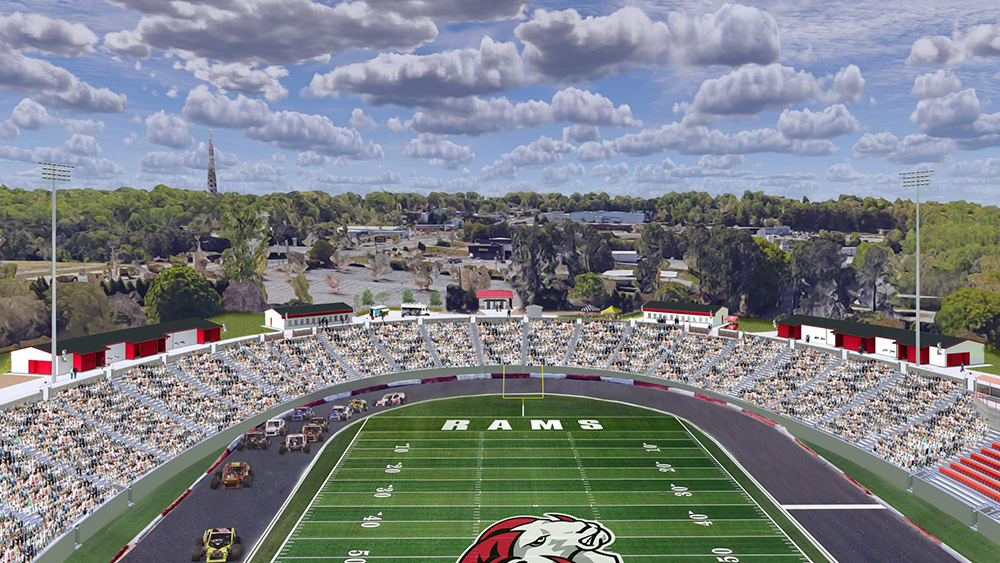
The stadium’s infrastructure was ready for an update, Garrison explained. “It’s a 75-year-old facility, so it needed the upgrades,” he said. Racers will appreciate the new surface, he added, since the track hasn’t been redone since the 1980s.
Fan amenities, though, are the prime motivator for the renovations. “There’s so much more competition out there now, you have to have things nice,” Garrison explained. “Bowman Gray was probably above average among weekly race tracks with what we had, but we’re taking steps now to make those amenities even nicer. It’s all about making things much more fan-friendly.”
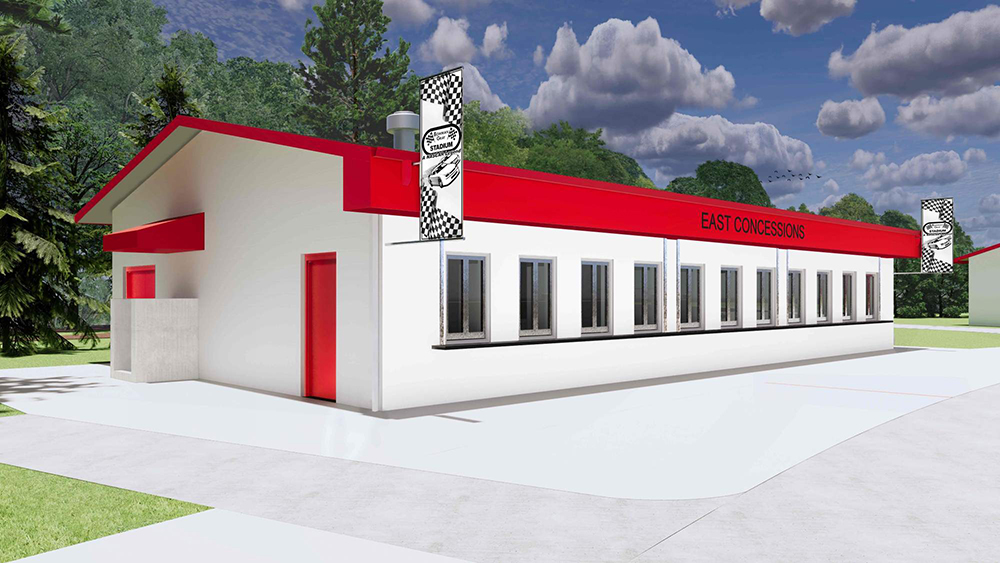
BUNKER HILL DRAGSTRIP
Bunker Hill, Indiana
“I bought it to save it,” said Mark Cregier, the new owner of Bunker Hill Dragstrip. Opened in August 1956, Bunker Hill is the oldest drag strip in Indiana. It has remained active, though Cregier felt it hadn’t received the maintenance and attention it needed recently and took over the eighth-mile track near the end of the 2020 season.
A “fiberglass guy” by trade, Cregier is a drag racer, too, bracket racing a series of Camaros over the years. He raced at Bunker Hill and remembered it as “not a bad track. It just needs cleaning up.” During the offseason he is “getting it up to par,” doing tasks like fixing the electrical system so the lights are functioning properly and installing additional guardrail that his insurance company requested.
The track surface “has a lot of life left in it,” he said, so there are no immediate plans to resurface it. In the spring he’ll upgrade the timing system and tend to the sand trap. “Since no one’s been working it, it won’t do a lot of good,” he admitted.
Cregier has no firm opening date yet for 2021, “but probably around the beginning of April we’ll start test-and-tune. We’d do test-and-tune every Friday night, and on Saturday do bracket racing pretty much every week in the season.”
The IHRA-sanctioned track had been home to points races and some no-prep events, which Cregier wants to continue. “I have a Pontiac deal scheduled, and I’d like to do a Mopar race, too,” he said. “I have a friend who runs Top Sportsman, and I’ve been talking to him about running one or two Top Sportsman events. They used to have wheelie contests here, too. I’m trying to bring some of that back.”
CAROLINA DRAGWAY
Aiken, South Carolina
Carolina Dragway used the COVID-related racing shutdown to complete some maintenance work. “We were down from the middle of March to July,” said the track’s manager, Jimmy Owen, “so we painted buildings, renovated the bathrooms, and put a new roof on the bathrooms and concession stands. We took that time to pretty things up. Paint’s cheap, and it kept my guys busy.”
In a normal offseason, the crew does one or two bigger projects in addition to maintenance, Owen said. This winter they planned to “expand on a building we put up last year so we can move our traction compound storage and fuel storage all under one roof.” They will also do some new paving in the staging lanes to “widen them a little bit to make it easier to turn into the staging lanes and relieve some congestion in the lanes.”
A new track surface is coming “in the next three or four years,” Owen said. “This track was built in 1956, and it was literally a dirt drag strip with a concrete slab for the starting line.” That surface has been paved and repaved over the years; when the current owner, Roger Starrette, bought the property about three years ago, “one of the first things he did was resurface from the eighth-mile all the way to the first turn-off,” Owen said. “This is a quarter-mile facility, so there’s a half-mile of fresh asphalt. But that’s two-and-a-half years old now.”
The repair and replace strategy has been Starrette’s “plan of attack,” Owen said, “probably from his background in the trucking industry. Do your maintenance, and you rotate equipment out on a regular basis. You don’t wear it out, you rotate it out before it’s worn out.”
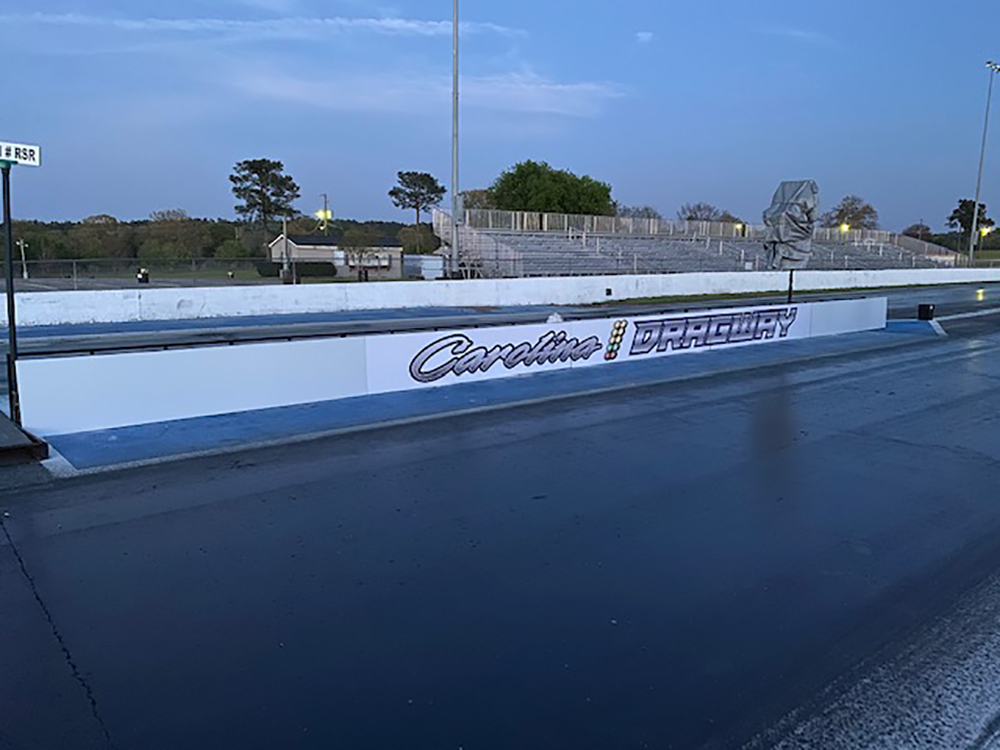
UMI MOTORSPORTS PARK
Clearfield, Pennsylvania
During its 50-year history, the half-mile oval track that is now UMI Motorsports Park (UMIMP) went from dirt to asphalt multiple times before UMI Performance bought it in 2017. The suspension manufacturer had planned to test products there and occasionally put on autocross events. But company president Ryan Kirkwood saw more potential in the facility, said UMI’s Ramey Womer, and decided to turn it into “a racing destination rather than just a place to race.”
New pavement was added to the track’s existing infield connector roads to make it “a configurable oval, like Charlotte only smaller,” said Womer. Camping sites were put in, as was a VIP pavilion, a music park, and a playground, with the intent of making UMIMP a family destination. “It’s a whole experience rather than just racing,” Womer said. “And as its popularity goes up, that gives us incentive to keep improving it.”
Renovations planned for the 2021 season include additional infield paving to allow more track configurations, adding more camping spots, and upgrading the press box and announcer booth.
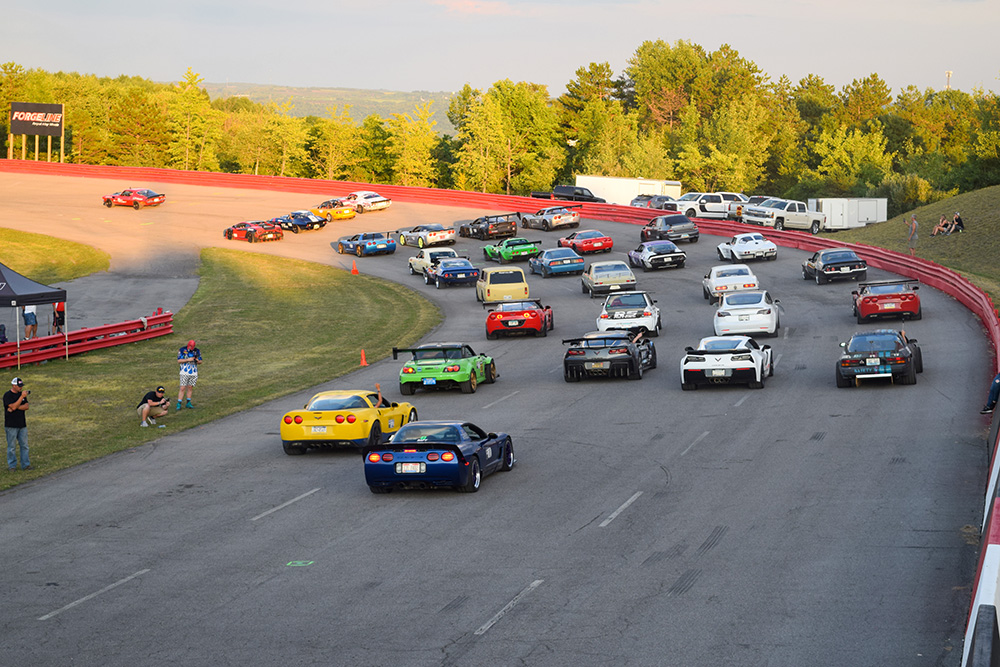
WEST VIRGINIA MOTOR SPEEDWAY
Mineral Wells, West Virginia
West Virginia Motor Speedway will reopen for racing in April 2021 after sitting dormant since 2013.
“When fans get here, they’ll see a lot of improvements,” said Cody Watson, who has spearheaded the track’s rejuvenation. “It will be better than ever.”
One of the biggest changes Watson made was returning the track to its original 5/8-mile configuration after previous management shortened it.
“I think it lost some of the luster, some of the prestige that it had,” Watson said of the shorter oval. “What drew people in was that big 5/8-mile and the high speeds. We didn’t want to open the gates on a track that wasn’t as highly regarded. To create the buzz and excitement we wanted, we needed to take it back to where it was in its prime in the 1990s.”
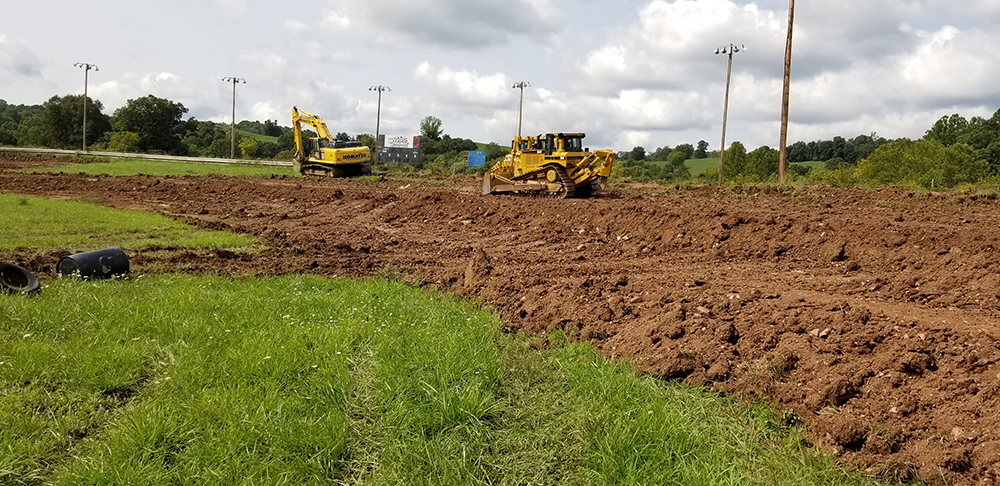
It took weeks to cut back the “jungle” that the unused facility had become, Watson said. A friend with an excavation company returned the track to its original length and then put down a surface of “good red clay. We had two graders going for about a month to get that old track back into shape.”
Watson’s crew has renovated the grounds with a new pit lane and exterior pits, upgraded and modernized buildings, and added new LED lighting. He considers this restoration Phase 1, “making everything nice to get it reopened and relaunch our brand.” Phase 2 is still on the drawing board but may include new aluminum bleachers, a video board, and new VIP buildings. The eventual Phase 3 may add a restaurant and hall of fame building to the site.
The Speedway’s 2021 schedule will be made up of “special events, about once a month,” from April to October, Watson said. A highlight will be the Historic 100 in June, which “pays tribute to national dirt late model history and, more importantly, the history of this race track and getting to bring it back.”
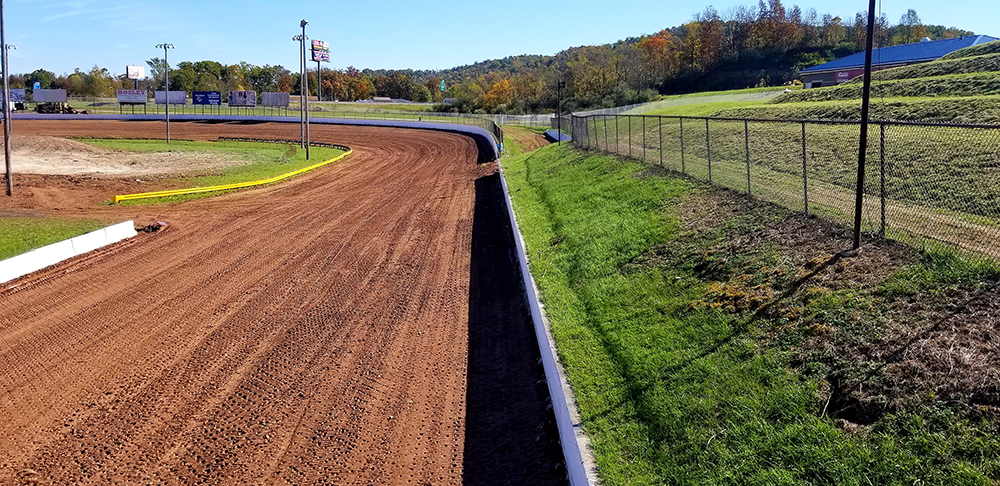
SOURCES
–
 MEMBERSHIP LOGIN
MEMBERSHIP LOGIN JOIN PRI
JOIN PRI


